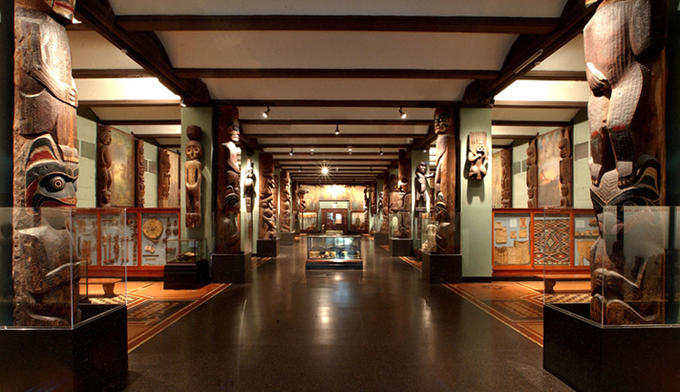This decade may end up being the years of a great re-shuffling of art, with some museums — mostly in the U.S. — returning looted antiquities to the country in which they were found and, presumably, stolen, and others continuing to return Nazi-looted art that turned up in their collections. On the later score, The Guardian recently wrote about a promise by France to return seven paintings to the descendants of their owners, and today The Telegraph published an article about a new effort in France:
President Francois Hollande’s administration is setting up a group of experts and curators to pro-actively track down families, rather than simply waiting for them to come forward. The group, which will start work next month, will carry out its detective work with the help of a new computerised database compiled of digital scans of thousands of pages of relevant documentation currently gathering dust in archives.
 In a completely different area, I came up an article the other day with a new question: why is Native American art in the collections of natural history museums?
In a completely different area, I came up an article the other day with a new question: why is Native American art in the collections of natural history museums?
Written by Katherine Abu Hadal, a designer and researcher who is interested in Indian culture, the article was first published on her blog and then on Indian Country Today Media Network, it begins:
Natural history museums—they are all over the US and abroad too. They house amazing dinosaur fossils, exotic hissing cockroaches, and wondrous planetariums—right next to priceless human-designed art and artifacts created by Native peoples of the Americas.
Like me, you might wonder why these designed objects are juxtaposed with objects of nature such as redwood trees and precious metal exhibits. Yes, of course art is part of the natural world that we live in—but then, why are there no Picasso paintings or Degas sculptures on display in the American Museum of Natural History?
…When Native American, Pacific, and African art and artifact is lumped in with natural history exhibits, it sends a message that these groups are a part of the “natural” world. That the art they produce is somehow less cultured and developed than the western art canon. It also sends the message that they are historical, an element of the romantic past, when in reality these peoples are alive and well, with many traditions intact and new traditions happening all the time.
She raises some good points. It’s true, of course, that art museums collect Native American art — as they should. Natural history collections are a throwback in many ways, and they’ve had to adapt their displays as science has advanced. Shouldn’t they have to adjust to the now-prevailing view of Indian artifacts, that is – art?
No one likes to admit errors. And we can’t have museums reordering their collections with changing fashions all the time. But in this case, natural history museums could either sell or lend their Indian art collections to art museums.
That, at least, is what I think I think is the best answer to this problem.
Photo Credit: Hall of the Northwest Coast Indians, Courtesy of the American Museum of Natural History
